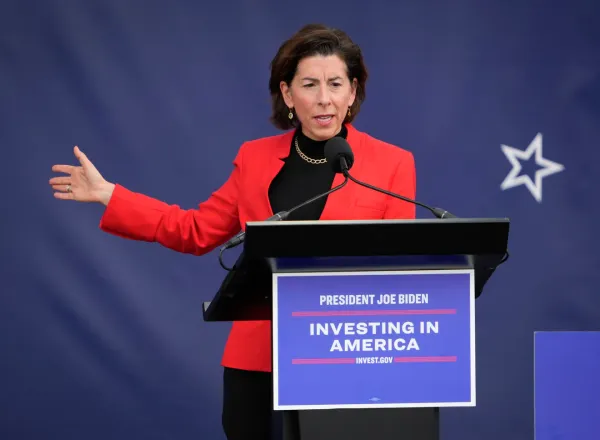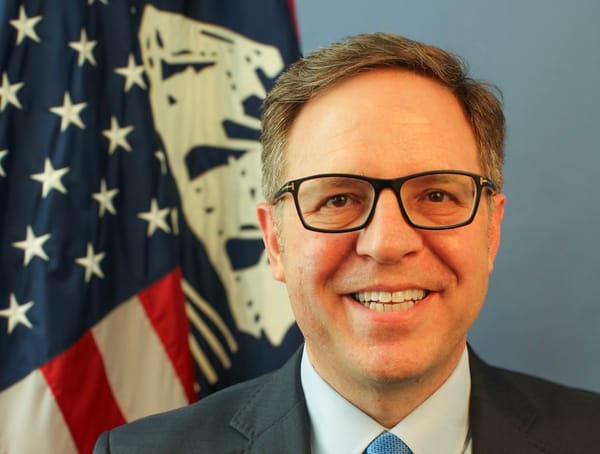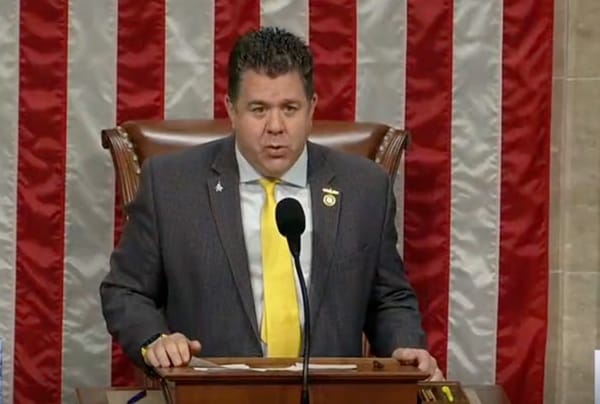Europe and Asia are 'Cleaning Our Clock' on Broadband, Says Report Author
WASHINGTON, July 10 – The lack of a cohesive national broadband policy in the United States is hampering the nation’s ability to deploy high-speed broadband, attorney James Baller said Thursday at the Alliance for Community Media conference here.
By William G. Korver, Reporter, BroadbandCensus.com
WASHINGTON, July 10 – The lack of a cohesive national broadband policy in the United States is hampering the nation’s ability to deploy high-speed broadband, attorney James Baller said Thursday at the Alliance for Community Media conference here.
Nations in Europe and Asia our “cleaning our clock” on broadband deployment, competition, speeds and prices, said Baller, of the Baller Herbst law firm.
Baller, who represents municipalities seeking to deploy broadband systems, recently authored a 100-page report, “Broadband Revolution: Developing a National Broadband Strategy to Keep the U.S. Prosperous in the 21st Century,” which was released by the e-NC Authority of North Carolina.
Among the report’s key findings, which Baller highlighted again at the ACM conference:
- Hong Kong (with Singapore soon to join them) boasts a 1 Gigabit per second (Gbps) broadband system. Japan averages 93.7 Megabits per second (Mbps), the U.S. languishes at 14th place with an average of 8.9 Mbps.
- In broadband prices, the U.S. stands at 11th place with a monthly average of $12.60, more than four-times the $3.09 average cost in Japan.
- On a composite scale, incorporating speed, price and availability of broadband, the, the U.S. ranks 15th globally.
- The U.S. can no longer even boast as having the most broadband lines, as China has now surpassed America in this category.
- After being first in amount of broadband lines as percentage of population in the 1990s, the U.S. is now somewhere between 15th and 24th.
If these trends are not reversed, the report argues, the U.S. will lose more and more low-cost manufacturing to Brazil, Russia, India and China, the so-called “BRIC” countries, and to other developing nations.
Baller also noted the many politicians and organizations supporting a national broadband strategy. The list includes presidential candidates Sen. Barack Obama, D-Ill., and John McCain, R-Ariz., Sen. Hillary Clinton, D-N.Y., Sen. John Kerry, D-Mass., Federal Communication Commissioners Michael Copps and Jonathan Adelstein, as well as non-profit organizations including the Benton Foundation, Free Press, the New America Foundation and Public Knowledge.
Among the states that have launched broadband initiatives, according to Baller’s tally:
- Alabama
- California
- Georgia
- Illinois
- Maine
- Massachusetts
- Minnesota
- North Carolina
- Ohio
- Oregon
- South Carolina
- Tennessee
- Vermont
- Virginia
- West Virginia
- Washington
The fact that such a large amount of states are creating their own broadband initiatives probably indicates a failure of leadership on the federal level, said Baller.
The report also reminds readers of the values of broadband to the nation. The elderly, the disabled, youth, minorities and businesses would benefit from improved education, health care, homeland security, urban revitalization, public safety, and a healthier environment – provided that Americans refuse to be content with low-end broadband of less than 3 Mbps, it says.
Stories and Documents Referenced in this Article:
- Baller: McCain and Obama Should Issue Joint Statement on Broadband (BroadbandCensus.com News, June 23, 2008)
- Broadband Revolution: Developing a National Broadband Strategy to Keep the U.S. Prosperous in the 21st Century (Web page)
- Download the full report (100-page, 3MB PDF file)
- Download the Executive Summary (12-page, 2MB PDF file)
- YouTube video about the two-hour presentation of the e-NC report hosted by the New America Foundation
Editor’s Note:
The Benton Foundation is a supporter of BroadbandCensus.com. See all our supporters, or learn more about BroadbandCensus.com, or get involved in the effort to map out broadband.
-Drew Clark, Editor, BroadbandCensus.com






